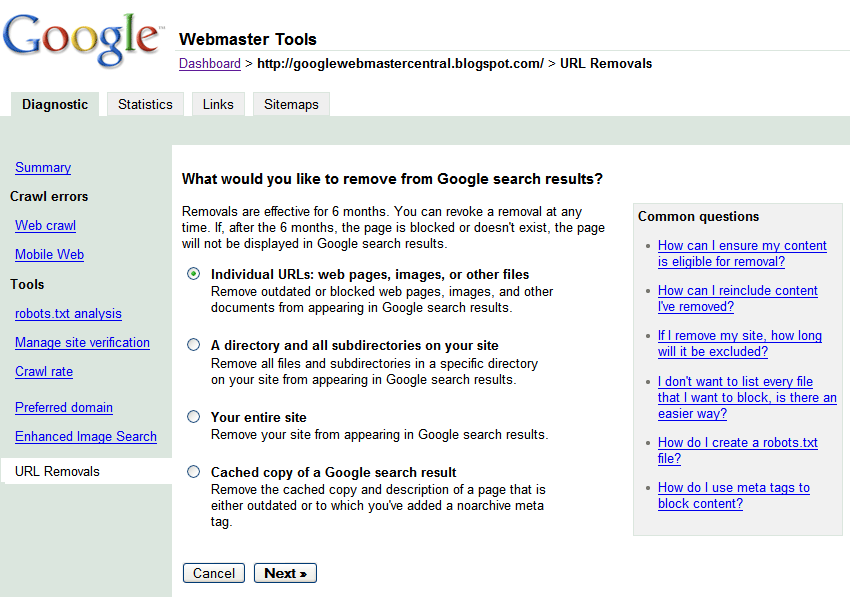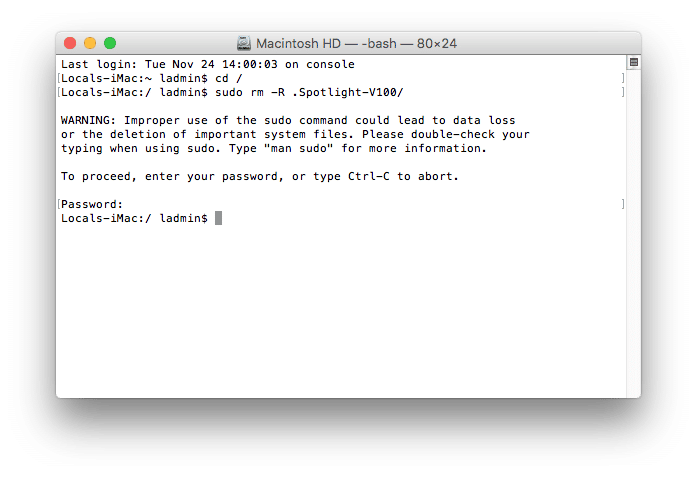
- #How to clear clipboard mac os x with command line mac os x#
- #How to clear clipboard mac os x with command line install#
- #How to clear clipboard mac os x with command line code#
- #How to clear clipboard mac os x with command line windows#
This provides the vimx command, which is a console version of Vim with X11-clipboard support.
#How to clear clipboard mac os x with command line install#
If you are running Redhat/CentOS, you can install the vim-X11 package (if you have gvim then this is already installed). On Debian and Ubuntu, to obtain clipboard support install the packages vim-gtk or vim-gnome (not vim-tiny). If it's -clipboard and -xterm_clipboard, you will need to look for a version of Vim that was compiled with clipboard support. If you see +clipboard or +xterm_clipboard, you are good to go. The GUI version of Vim always has clipboard support. In this case, you will have to check for X11 clipboard support. Getting Vim to work with the X11 clipboard can be a struggle if you want to run Vim in a terminal.
#How to clear clipboard mac os x with command line windows#
There are several tips for copying the current filename into the clipboard including: VimTip432, VimTip891, VimTip600 (most of the fuss is resolving forward slashes and backslashes for MS Windows paths).Ĭhecking for X11-clipboard support in terminal VimTip876 also makes passing reference to it.
#How to clear clipboard mac os x with command line mac os x#
VimTip687 suggests that Mac OS X doesn't implement the * register (yet?) but suggests a workaround using the pbcopy and pbpaste utilities. VimTip478 uses it in a function for copying the results of a :g search into the * register. VimTip448 also uses it (for converting hex to decimal) but explains it in passing.
#How to clear clipboard mac os x with command line code#
VimTip432 and VimTip600 use the * register in some native Vim code (using without explaining it in general. Note: in vim 7.3.74 and higher you can set clipboard=unnamedplus to alias unnamed register to the + register, which is the X Window clipboard. It also mentions that we can change out settings so the "anonymous" register is aliased to the * register using: VimTip21 is spot on but the title suggests it's for MS Windows only. Using the clipboard as the default register VimTip771 and VimTip964 refer to an extra utility named xclip which is only for X11 and seems to be completely unnecessary for Vim using the * register), and VimTip960 (misses the point but the comments mention it a few times). I searched though the tips and found only a few passing references to this feature: VimTip71 (implies it's a feature of gvim, but I find it works in console Vim just fine under Linux I only use gvim under MS Windows).

See also pasting registers for more general information about pasting from registers. In general using + and * is much more reliable than using CTRL-SHIFT-V. One distinction to make is that using + and * is different from using CTRL-SHIFT-V on the terminal (or doing a right-click and then selecting "paste" in the terminal menu), where Vim essentially inserts each character in the clipboard one-by-one.


We can use these registers like any other register. Generally on Linux, + and * are different: + corresponds to the desktop clipboard ( XA_SECONDARY) that is accessed using CTRL-C, CTRL-X, and CTRL-V, while * corresponds to the X11 primary selection ( XA_PRIMARY), which stores the mouse selection and is pasted using the middle mouse button in most applications. Note that on some systems, + and * are the same, while on others they are different. Vim offers the + and * registers to reference the system clipboard ( :help quoteplus and :help quotestar). Fortunately, in most cases it is easy to get Vim to work with the system clipboard. Note that this is different from what most modern graphical text editors and other applications like web browsers do these applications interact with the system clipboard when using keybindings like CTRL-C, CTRL-X, and CTRL-V. When performing copy, cut, and paste with commands like y, d, and p, by default Vim uses its own location for this, called the unnamed register ( :help quotequote).


 0 kommentar(er)
0 kommentar(er)
